The Incredible Evolution Of Artificial Limbs Started With This Wooden Toe
An artificial toe found on the foot of an Egyptian mummy that dates from somewhere between 950 B.C. and 710 B.C. is believed to be the earliest known example of a prosthetic body part. The wood and leather fake toe, housed at the Egyptian Museum in Cairo, is made out of three parts and would have strapped on to the foot of the owner.

Another artificial big toe, the Greville Chester toe, dates back to before 600 B.C. The prosthetic device is fashioned from a type of paper maché called cartonnage, which is made from a mixture of linen, glue, and plaster. The toe is on display at the British Museum in London.
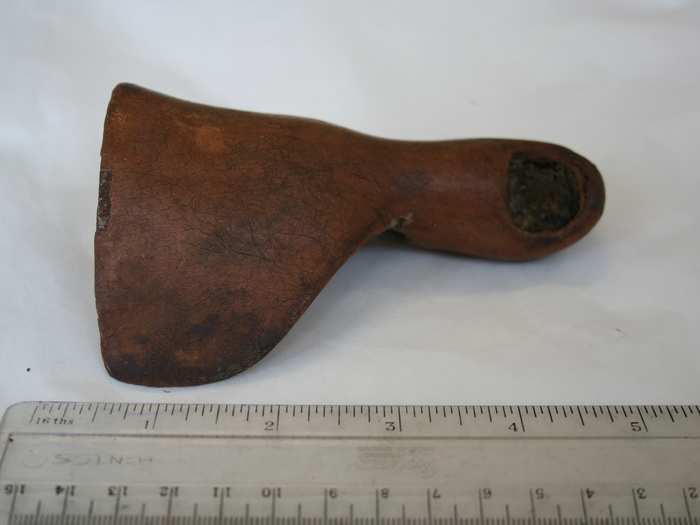
Source: University of Manchester
Until the discovery of the Cairo toe, the earliest tangible evidence of prosthetics was an artificial limb found in a grave in Capua, Italy, dating from 300 B.C. The original bronze leg was destroyed during World War II, but a copy of the leg, shown here, is housed at London's Science Museum.
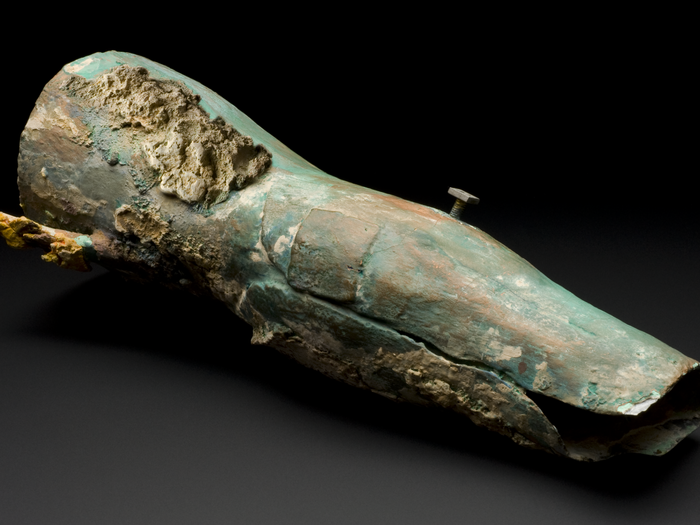
Source: Science Museum London
An artificial hand from the 16th century consists of a metal casing that would wrap around the stump of a forearm, held on by metal or leather straps. The wearer could flex his or her fingers at the large knuckle joint, which did not allow much other movement of individual fingers.
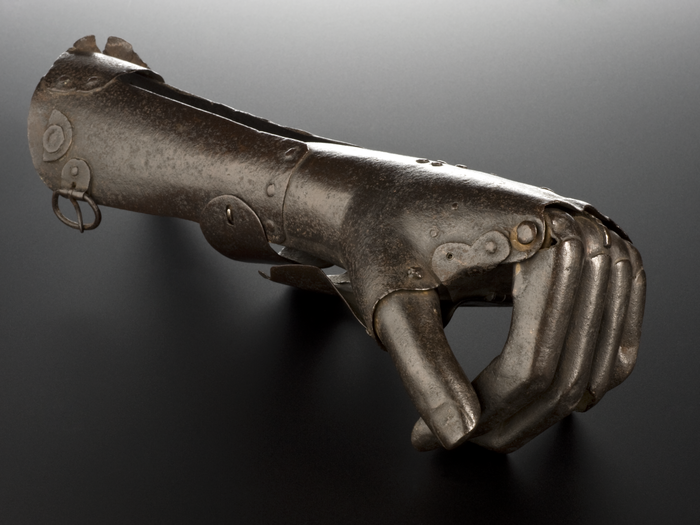
Source: Science Museum London
Another fake arm, dating back to the 1500s, is made from iron and allowed some up-and-down movement at the wrist.
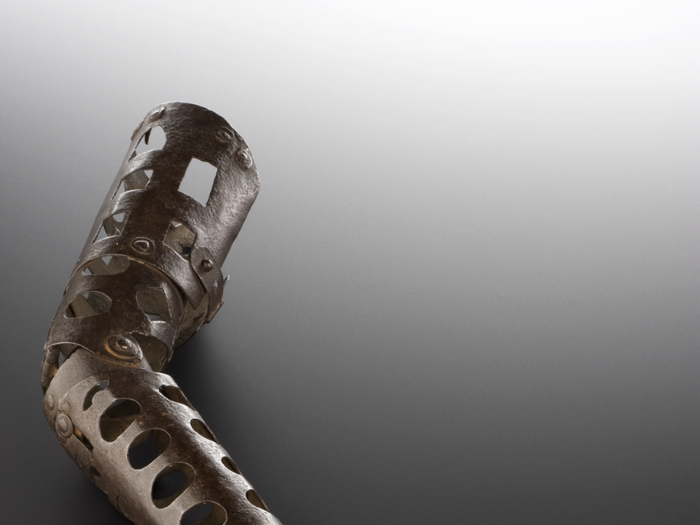
Source: Science Museum London
These iron encasings, developed in the early 1600s, were designed to support and straighten the legs of children with skeletal deformities. The supports were attached to the lower leg by metal or leather straps.
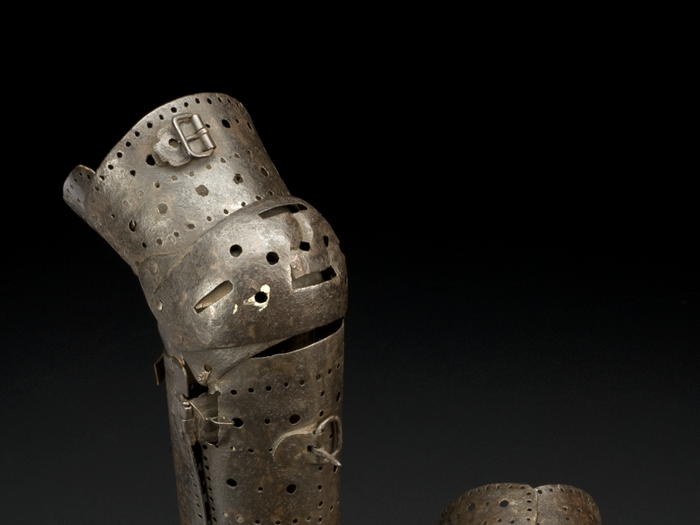
Source: Science Museum London
Until the 20th century, most people could not afford professionally made artificial limbs and instead fashioned their own out of materials at hand, such as a chair or table leg. This wooden "peg leg" was made in 1903 for a 3-year-old who lost his right leg below the knee.
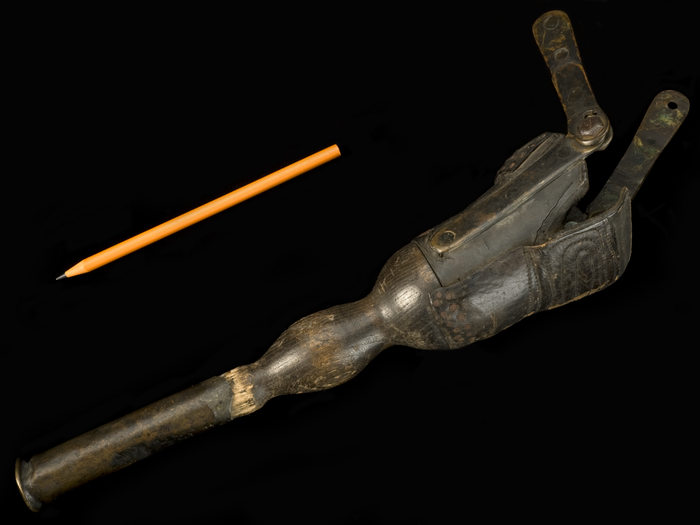
Source: Science Museum London
It was not uncommon for people in the late 19th century to use materials around the house, like wood, nails, textiles, and string, to design their own prosthetic legs.
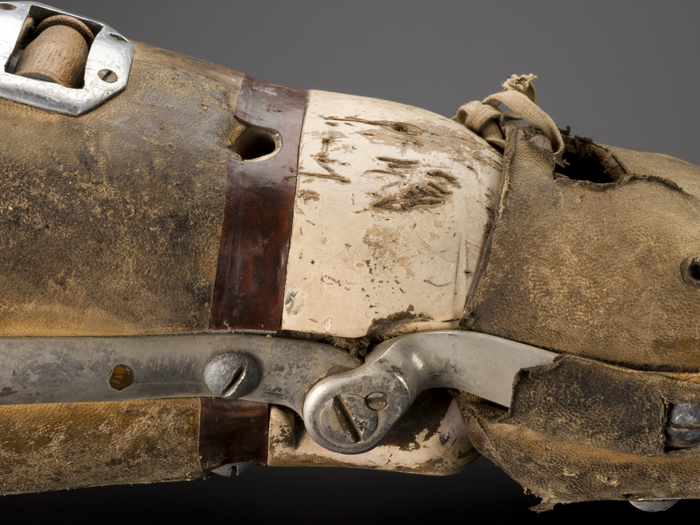
Source: Science Museum London
Prosthetic arms were slightly more complicated to make. This one, made by a London-based manufacturer in the 1900s, is constructed from wood, leather, and some type of textile. A leather strap passed under the undamaged arm like a sling. The wooden hand has a rotating wrist and fingers that move. A small hook in the palm would also allow the owner to carry or grasp items.
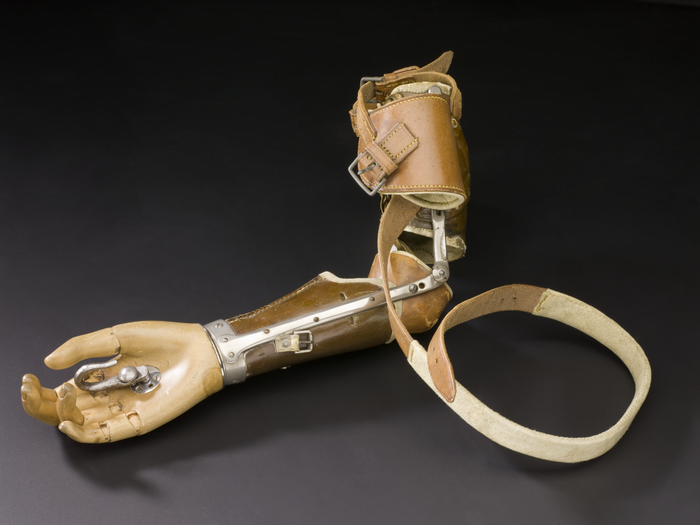
Source: Science Museum London
This artificial arm developed by a Kansas-based company for an above-elbow amputee pre-dates World War I. The wrist turns in a clockwise direction when the elbow is bent so that the wearers could potentially feed themselves. The extent of physical injuries during the American Civil War in the 1850s pushed engineers in the U.S. to improve their designs. American limb manufacturers were therefore "better equipped than the British to deal with the demand for limbs created by the First World War," according to the Science Museum.
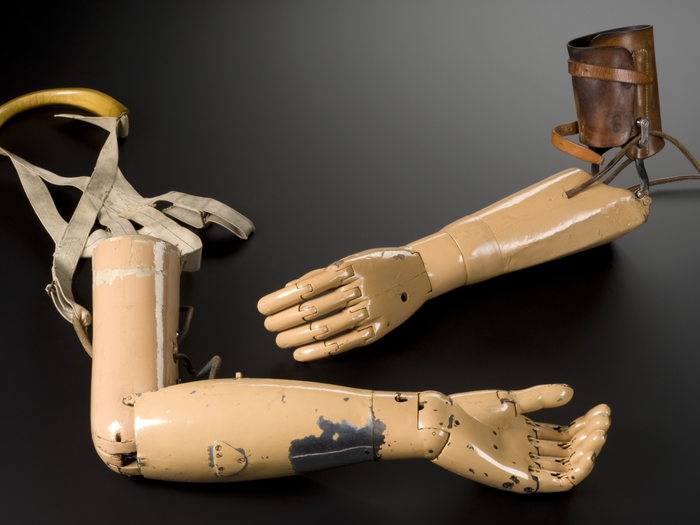
Source: Science Museum London
The mutilation of soldiers during World War I led to major gains in prosthetic technology. The thumb, index finger, and middle finger on this artificial wood hand can move to grip items, although the others are in a fixed position.
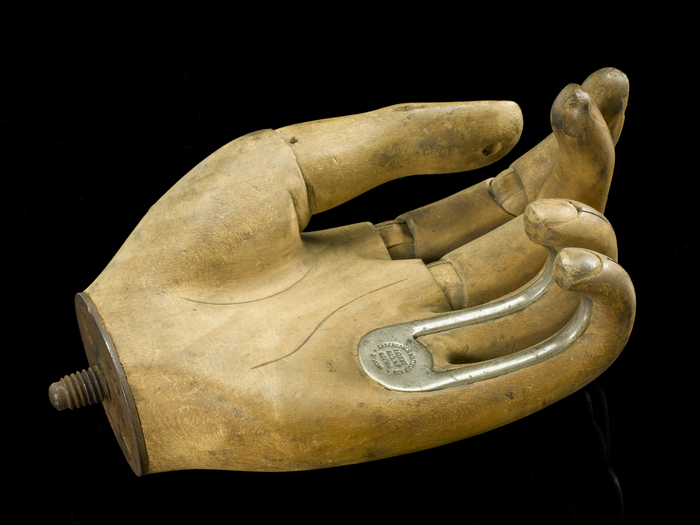
An artificial left hand created by a contractor from Queen Mary's Hospital in England — an institution established in 1915 to treat crippled soldiers coming back from World War I — is painted for a more lifelike appearance.
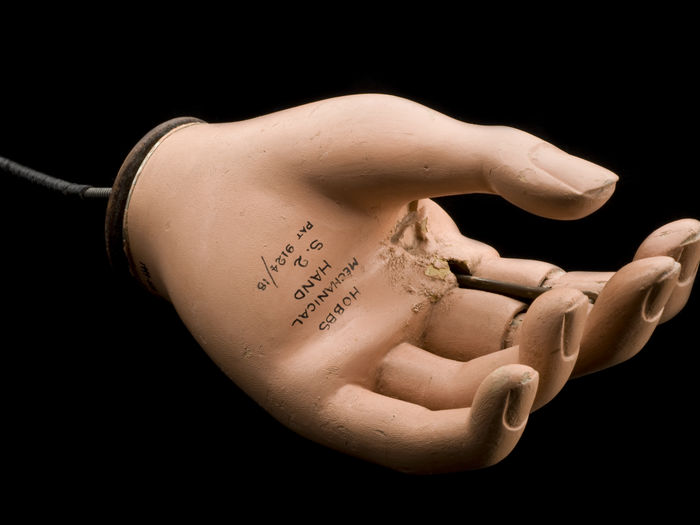
Source: Science Museum London
Heavier wooden artificial arms were eventually replaced by lighter metal versions in the 1920s. This prosthetic left arm is made from aluminum. The hand can be removed from the arm.
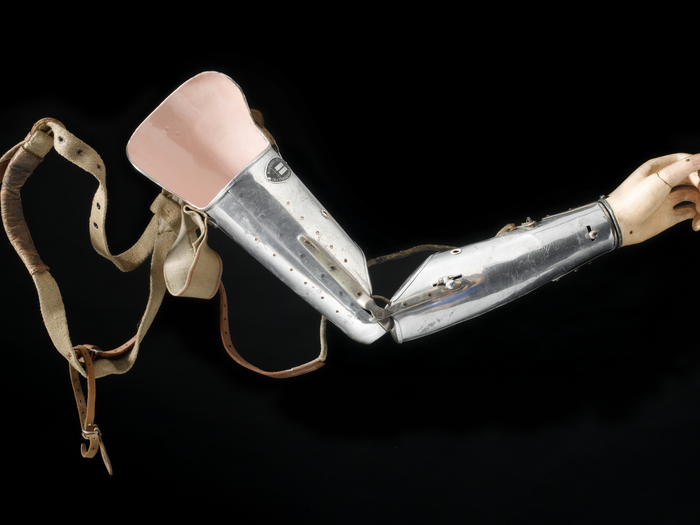
Source: Science Museum London
"Unlike artificial arms," the Science Museum says, "many of the basic functions of a leg — such as standing and walking — can be achieved with even the crudest of constructions." This artificial leg, made from a straight piece of wood, was supposedly made during World War II.
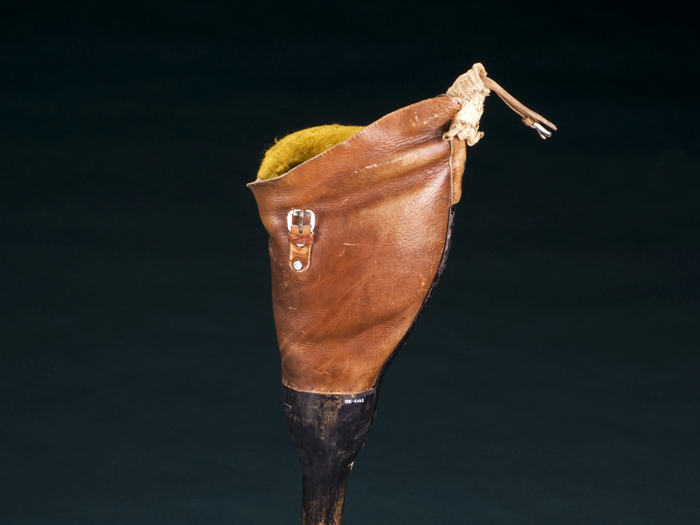
Source: Science Museum London
A child's leg was placed inside this wood and leather device created by an American company in 1950. Steel bars could be adjusted as the child's leg grew.
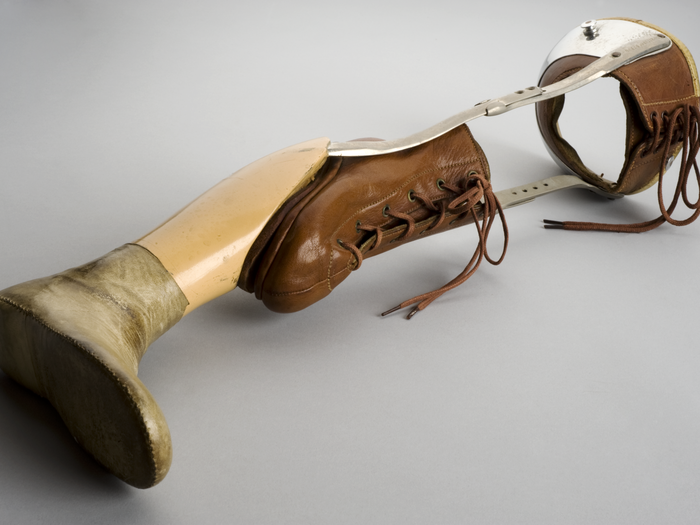
Source: Science Museum London
In 1968 the revolutionary "Jaipur foot" was created in India, specifically for victims of land mines in developing nations. The foot was light, durable, and less expensive than its artificial counterparts.
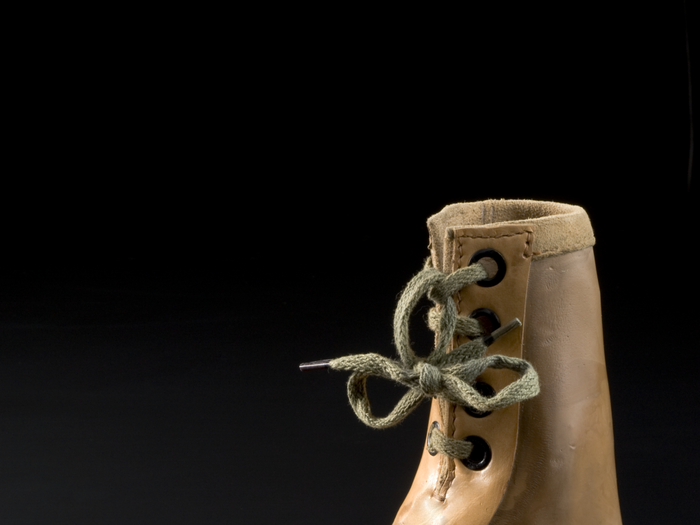
These artificial arms developed in the early 1960s were powered by carbon dioxide gas canisters attached to valves in the upper-body portion. The device was specifically created for babies born with under-developed or missing limbs in the late 1950s, the result of a drug taken during pregnancy to ease morning sickness that was taken off the market in 1962. "Although an ingenious invention, [the arms] were ultimately a failure as few children chose to keep using the arms in the longer term," the Science Museum said.
![These artificial arms developed in the early 1960s were powered by carbon dioxide gas canisters attached to valves in the upper-body portion. The device was specifically created for babies born with under-developed or missing limbs in the late 1950s, the result of a drug taken during pregnancy to ease morning sickness that was taken off the market in 1962. "Although an ingenious invention, [the arms] were ultimately a failure as few children chose to keep using the arms in the longer term," the Science Museum said.](https://staticbiassets.in/thumb/msid-40423042,width-700,height-525,imgsize-1680020/these-artificial-arms-developed-in-the-early-1960s-were-powered-by-carbon-dioxide-gas-canisters-attached-to-valves-in-the-upper-body-portion-the-device-was-specifically-created-for-babies-born-with-under-developed-or-missing-limbs-in-the-late-1950s-the-result-of-a-drug-taken-during-pregnancy-to-ease-morning-sickness-that-was-taken-off-the-market-in-1962-although-an-ingenious-invention-the-arms-were-ultimately-a-failure-as-few-children-chose-to-keep-using-the-arms-in-the-longer-term-the-science-museum-said-.jpg)
Source: Science Museum London
An artificial hand from the 1980s is powered by two electrodes that stimulate the muscle impulses that accompany normal muscle contractions. The unit is powered by a battery.
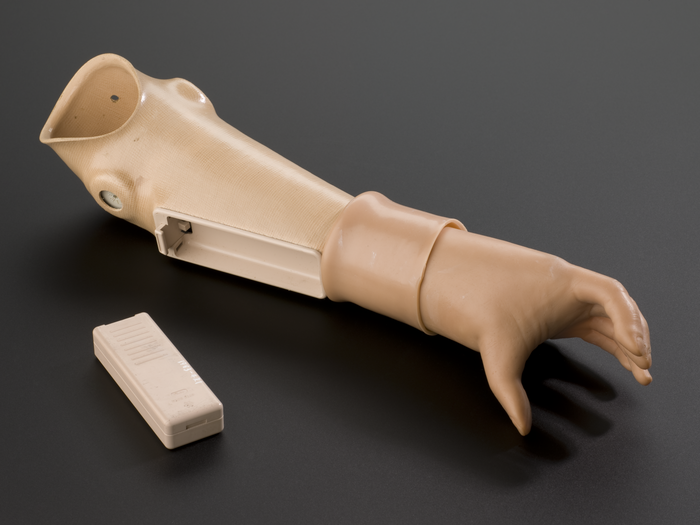
Source: Science Museum London
Over the past three decades, advances in material, design, and surgical methods have made prosthetic limbs more comfortable, functional, and lifelike. At the same time, researchers point out that "much of the current prosthetic technology is based on developments that have taken place during or directly following times of war."
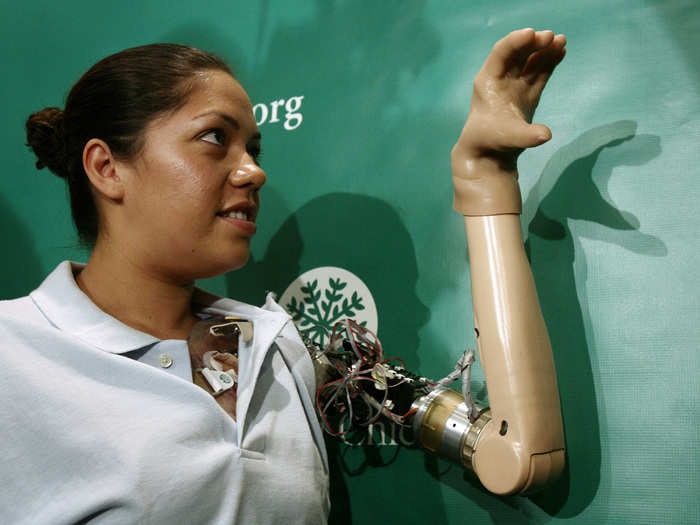
Myoelectric prosthetics, lightweight, battery-powered devices, are operated by the electric signals from the muscles. Joel Gerber, who lost a hand in 1952, explained the advantages of bionic fingers to The Patriot News: “To open the hand, I have to push my muscles up, and to close it, I have to push my muscles down. I had to learn how to do that, but now I just do it naturally.” The SmartHand, developed by Swedish scientists, looks and feels like a real hand.
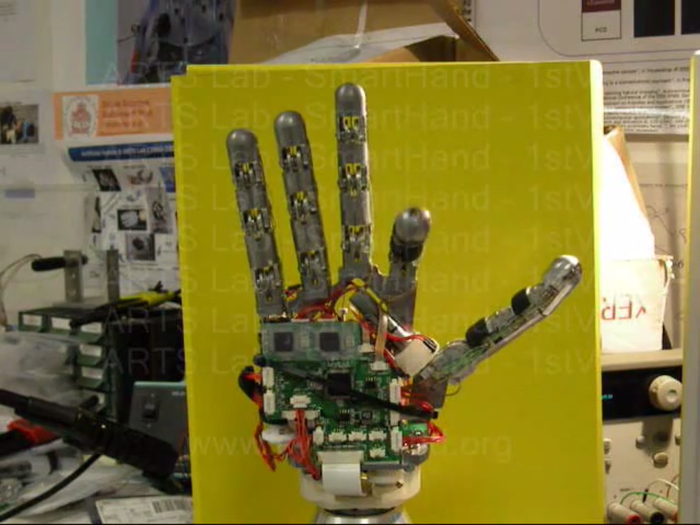
Source: The Patriot News
The iwalk BiOM, the brain child of legendary scientist Hugh Herr, was the first commercially available foot to mimic the function of the real human foot. "What BiOM does is replicate the action of foot and ankle, Achilles tendon, and lower calf," iWalk President and CEO Tim McCarthy told Forbes in 2012. "By emulating the bone and soft tissues, it can provide exactly the right amount of energy needed, which makes it as efficient as people with intact limbs. People have told me that it feels like they have their ankle back.”
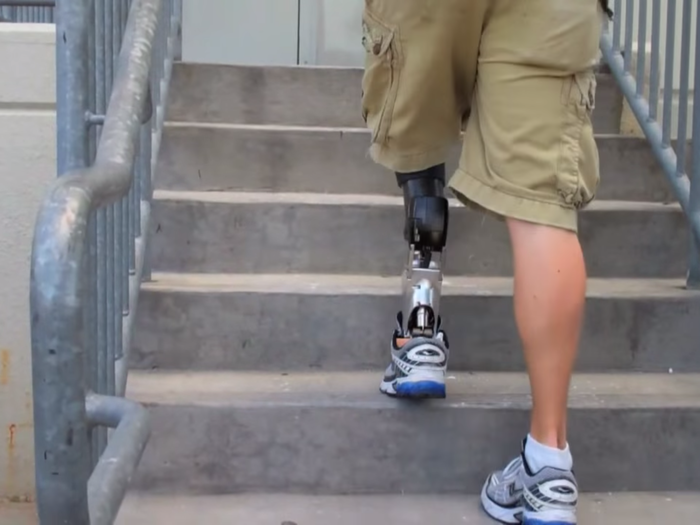
Source: Forbes/Prosthetic Advances
Onboard microprocessors have made prosthetic arms and legs more responsive and easier to control. "Microprocessors have helped to improve the timing of this balance [between stability and mobility] and even anticipate actions like stumbling. The X2 microprocessor knee has five onboard sensors that help to "more intuitively balance the requirements of stability and mobility under various ambulation conditions."
![Onboard microprocessors have made prosthetic arms and legs more responsive and easier to control. "Microprocessors have helped to improve the timing of this balance [between stability and mobility] and even anticipate actions like stumbling. The X2 microprocessor knee has five onboard sensors that help to "more intuitively balance the requirements of stability and mobility under various ambulation conditions."](https://staticbiassets.in/thumb/msid-40423067,width-700,height-525,imgsize-1685250/onboard-microprocessors-have-made-prosthetic-arms-and-legs-more-responsive-and-easier-to-control-microprocessors-have-helped-to-improve-the-timing-of-this-balance-between-stability-and-mobility-and-even-anticipate-actions-like-stumbling-the-x2-microprocessor-knee-has-five-onboard-sensors-that-help-to-more-intuitively-balance-the-requirements-of-stability-and-mobility-under-various-ambulation-conditions-.jpg)
Source: Prosthetic Advances
The Ossur Power Knee was the first commercially available knee to generate power during the gait cycle, providing superior power when getting up from a chair and/or climbing slopes or stairs.

Cosmetic advances have come a long way, too. The British-based manufacturer Limbs & Things began manufacturing highly realistic 3-D synthetic models of limbs in 1990. These were intended for medical students and doctors to practice surgical skills. Shown here is a toe with an ingrown nail. An operation is required to remove the nail.
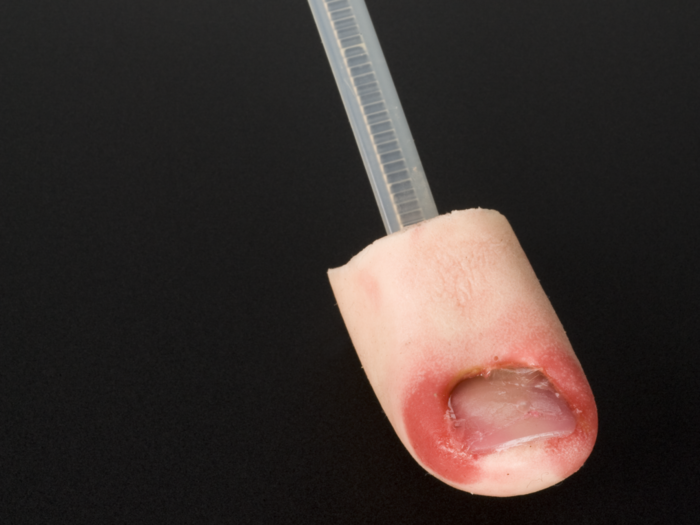
Source: Science Museum London
Prosthetic body parts continue to improve by leaps and bounds. In the past decade, we have witnessed the development of the first bionic body suits and bionic eyes. Now, technologies are being designed to help people who can't move or speak to communicate through brain waves.
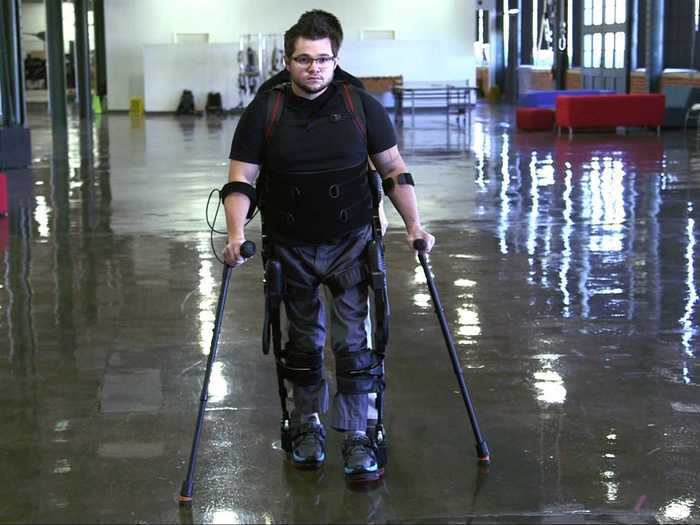
See more posts in Business Insider's Bionics Game Changer series.
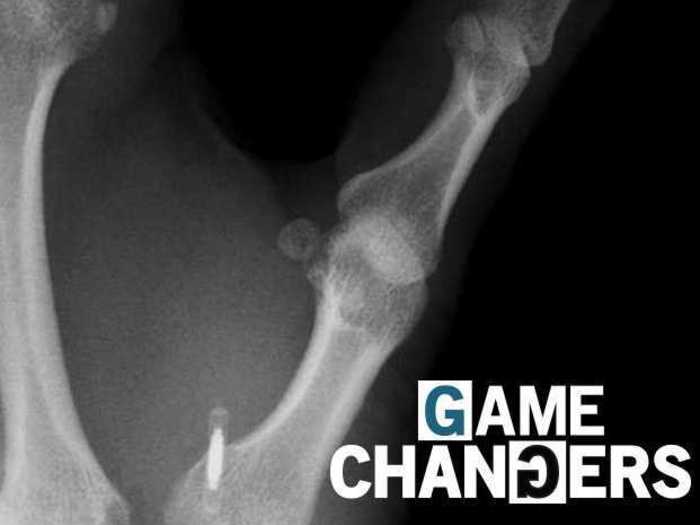
Popular Right Now
Popular Keywords
Advertisement